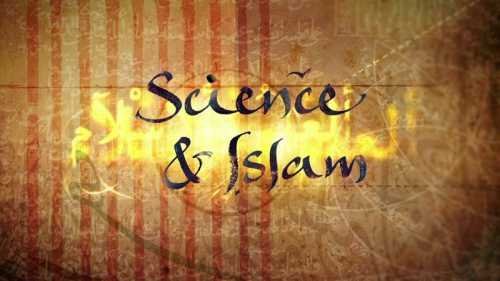islam and science
“In the creation of the heavens and the earth, and the alternation of night and day, there are signs for people with intelligence”[Quran 3:190]
[1] Islamand Science presents an articulate and concise historical introduction to intellectual developments that have shaped Islamic civilization, both religious and scienti?c. The work attempts to ‘construct a coherent account of the larger religious and cultural background’ in which the Islamic scienti?c tradition came into existence and to explore the ‘vexingly complex’ issue of its decline. The main thesis is that scienti?c traditions ‘arose from the bosom of a tradition of learningthathadbeengroundedintheveryheartoftheprimarysourcesofIslam: the Qur’an and Hadith.’ The latter are reports of the deeds and statements of the Prophet that became the sunna, or tradition of the Prophet. Before addressing di?culties that such a thesis raises,let us ?rst providean over view of the structure of the 11 chapters. [2] The ?rst chapter covers the emergence of an Islamic scienti?c tradition during the ?rst two centuries of Islamic civilization: both the emergence of new religious sciences, with the study of Qur’an and hadiths, and the presence of scienti?c traditions (atomism of the theologians, astronomy, medicine, alchemy). Chapter two introduces the Qur’anic foundation that linked events occurring in nature to the Qur’an central message and that established a ‘nexus between the physicalcosmosandthemetaphysicalrealm’thatwastobecometheheartofthe Islamic scienti?c tradition. The third chapter describes the advent of the translation movement and the theological(kalam)debates over therational explanations of Islamic doctrines that helped shape the religion/science connection. Chapter four explores this ‘fundamental nexus’ between the Islamic scienti?c tradition and the fundamental doctrines of Islam, mainly in metaphysics (cosmology), a nexus that the ‘very structure of learning from which natural sciences emerged’ guaranteed. TheworkdefendstheideathattheIslamicworldviewpermeatingsocietyprovidedthe‘built-in mechanism for wedding these sciences to the heart of Islamic thought,’such thatthe‘reality of Islam ’constituted the vertical axis,while thedi?erentideasandintellectualdisciplinesconstitutedthehorizontalaxis. The ?fth chapter sets out to introduce counter-examples (astronomy, medicine, geography) to the decline thesis, proceeds to refute a sociological explanation (Toby E. Hu?), and claims that only a scienti?c tradition grounded in the fundamental doctrines of Islam can explain the existence of a thriving Islamic scienti?c tradition later than the 12th century. Chapter six reviews the transmission of scienti?c knowledgefromtheIslamicworldviathetranslationofArabicscienti?cworksto the West and its capital importance for the development of the Western scienti?c tradition.

Congratulations @sohail144! You have completed the following achievement on the Steem blockchain and have been rewarded with new badge(s) :
Click here to view your Board of Honor
If you no longer want to receive notifications, reply to this comment with the word
STOPDo not miss the last post from @steemitboard:
Hi! I am a robot. I just upvoted you! I found similar content that readers might be interested in:
https://www.researchgate.net/publication/26578301_Islam_and_Science
i will
care
Congratulations @sohail144! You have completed the following achievement on the Steem blockchain and have been rewarded with new badge(s) :
Click here to view your Board of Honor
If you no longer want to receive notifications, reply to this comment with the word
STOPDo not miss the last post from @steemitboard: